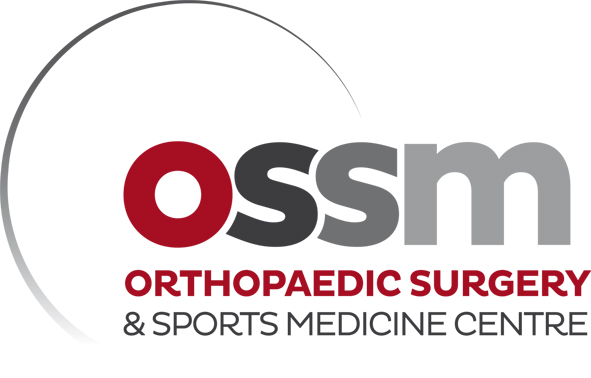Osteotomy & Chondral Resurfacing: Biologic Knee Preservation
Some patients with osteoarthritis in one part of the knee can avoid knee replacement surgery for many years, and sometimes for ever by having an osteotomy, often combined with a chondral resurfacing procedure. Most osteotomy patients are active 45-55 years old with moderate knee osteoarthritis and a Body Mass Index less than 28. With an osteotomy, the alignment of the leg is changed to reduce the load through the damaged compartment.
Typically the osteoarthritis or cartilage (chondral) injury is in the medial compartment and the patient has a bowed leg, known as varus. By straigtening the leg, the pain & function is much improved. Also the HTO usually allows the cartilage joint surface to improve. Often osteotomy is combined with a chondral repair/ restoration such as, marrow stimulation or mosaicplasty if the joint surface lesion is badly damaged.
HTO Combined with ACL Reconstruction
It is quite common for patients with medial osteoarthritis to also have a chronic ACL tear. Usually the ACL tear was the primary event, with a medial meniscal tear the secondary event and medial osteoarthritis as the final end result. ACL & HTO is a very successful procedure, relieving pain & restoration function.
Outcomes
The post-operative course of osteotomy and joint replacement are quite different. Osteotomy patients have to wait 6- 8 weeks for the osteotomy to heal, usually reach 80% recovery at 4 months, with full recovery at 6 - 9 months. Joint replacement patient
In selected patients, outcomes after Osteotomy are comparable to those of unicompartmental or total knee replacement in terms of Oxford Knee Score and patient satisfaction. In appropriately indicated cases—typically younger, active individuals with isolated medial compartment osteoarthritis and varus alignment—HTO offers excellent function and symptom relief. Notably, data from the AOANJRR Osteotomy Registry show a 97.7% survivorship at 7 years for patients with medial knee osteoarthritis, more than half that of partial knee patients (UKR) in similar patient populations. These results support HTO as a durable, joint-preserving alternative for suitable candidates.
Besides preserving the patient’s knee, osteotomy allows the patient to undertake any activity without the restrictions that joint replacement requires.
